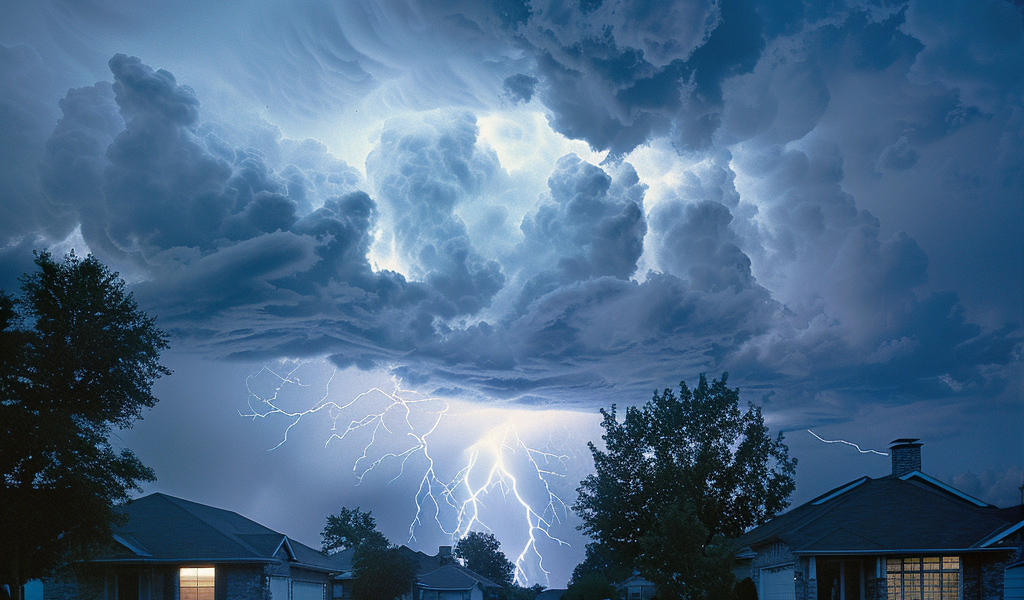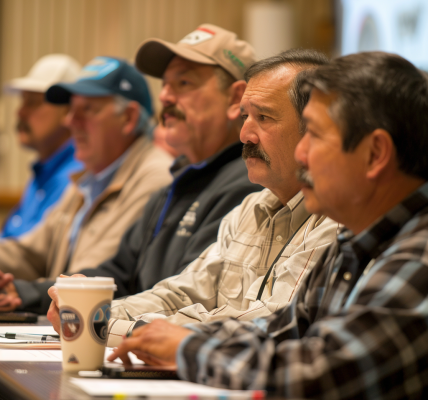Corelogic, a leading global property information, analytics, and data-enabled solutions provider, has released its 2024 Severe Convective Storm Report, shedding light on the increasing risk of severe thunderstorms across the United States.
In 2023, there were 141 days with large hail affecting over 10 million single and multifamily homes in the contiguous U.S., marking the highest number of days in two decades. This surge in severe convective storms has led to an unprecedented number of insured losses and widespread impact on millions of homes.
According to the report, Texas topped the list of states with the highest percentage of homes impacted by 1 inch or more of hail at 27%, followed by Colorado (11%), Illinois (9%), Oklahoma (6%), and Missouri (5%). Collectively, these states accounted for over 50% of homes affected by severe hailstorms.
Furthermore, hail emerged as the primary cause of insured losses, surpassing other natural catastrophes such as tornadoes and straight-line winds. The report underscored the intricate link between climate change and severe thunderstorm activity in the U.S., citing a combination of smaller-scale weather and ocean patterns that influence weather patterns nationwide, alongside an incomplete historical record.
Jonathan Schneyer, Director of Event Response for Corelogic, emphasized the substantial financial impact of severe convective storms on homeowners. He highlighted the scenario where homes are hit by 2-3 inch hail, necessitating complete roof replacements, which could cost up to $10,000, compounded by inflationary pressures on roofing materials.
The report’s findings revealed that between June 11 and 15, straight-line winds and hail resulted in insured losses ranging from $7 to $10 billion, with hail accounting for 95% of the total losses, marking one of the most significant hail loss events in history.
Moreover, the report highlighted a substantial increase in the cost of roofing materials, with asphalt shingles experiencing a 40% surge in the past five years, while ceramic tiles, another prevalent roofing material, witnessed a 26% price hike since 2018. The escalating costs of both materials and labor have further compounded the financial burden on homeowners.





